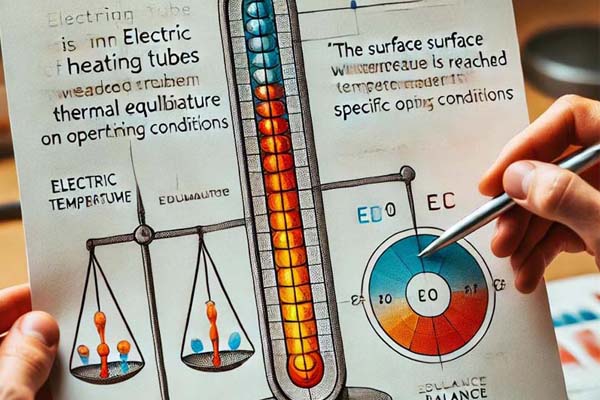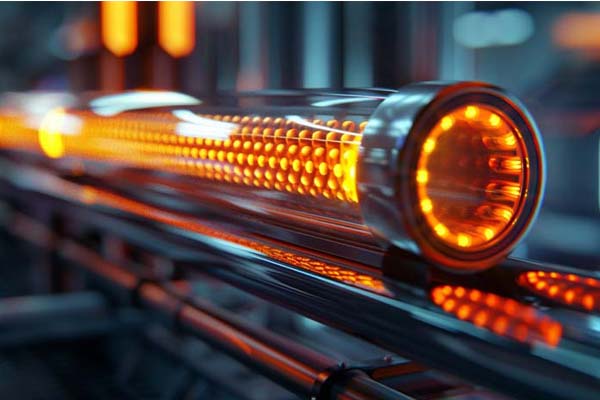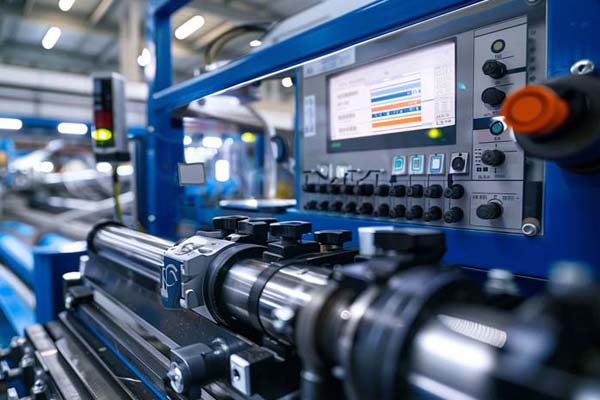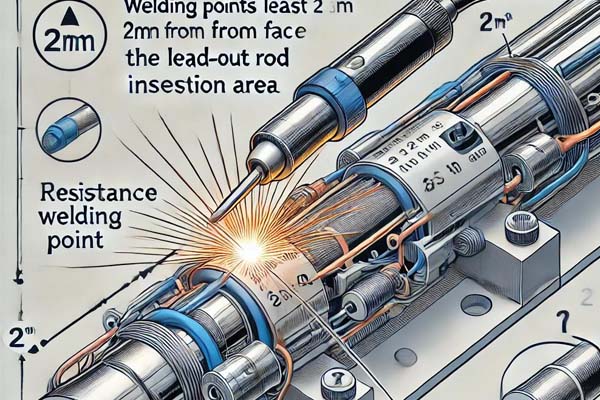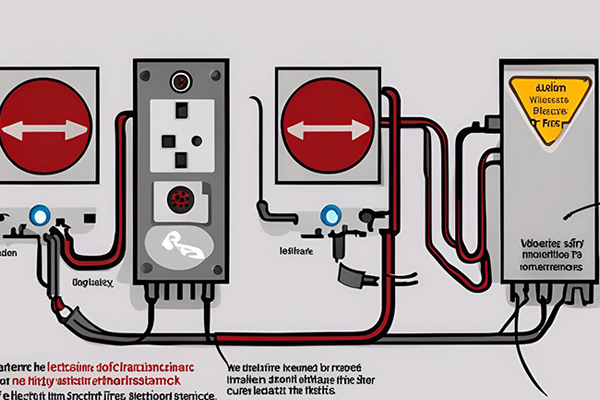### How to Estimate the Lifespan of Heating Elements
Heating elements are widely used in both industrial and household appliances, and estimating their lifespan is crucial for product design and user experience. This article will delve into three key aspects: the power density q of the element, the surface temperature t of the tube, and the maximum temperature of the powder inside the tube. Understanding how these parameters affect the lifespan of heating elements will help in making accurate estimations.
1. Power Density (q)
Power density (q) refers to the power output per unit area, usually measured in watts per square centimeter (W/cm²). The power density directly affects the temperature distribution and lifespan of the heating element. Generally, the higher the power density q, the higher the working temperature of the heating element, leading to faster thermal fatigue and aging of the material, thus shortening its lifespan.
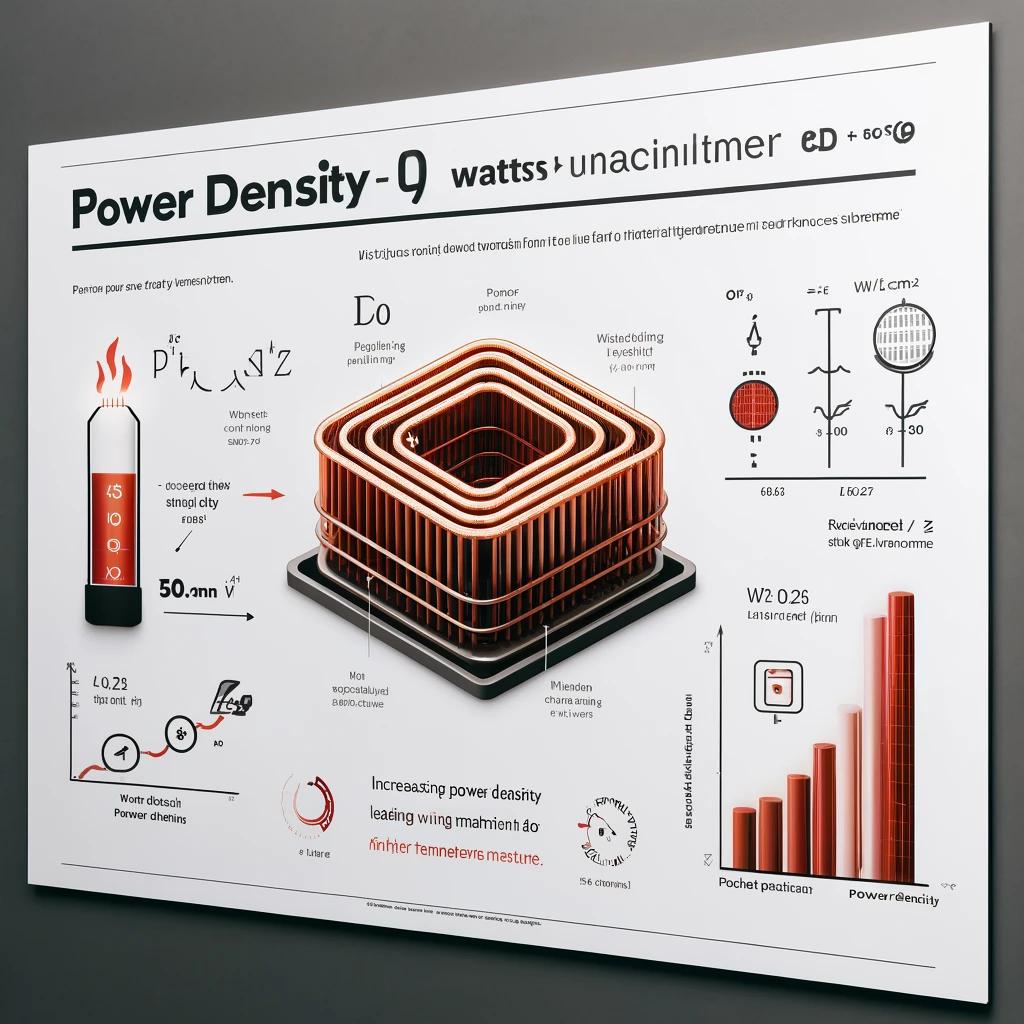
To estimate the lifespan of a heating element, the following formula can be used:
\[ \text{Lifespan} \approx \frac{A}{q^n} \]
where A and n are constants determined experimentally, and q is the power density. From experience, the value of n usually ranges from 2 to 4, depending on the material and usage conditions. By controlling the power density q, designers can extend the lifespan of the heating element while ensuring performance.
2. Tube Surface Temperature (t)
The surface temperature t of the heating element’s tube is another critical factor influencing its lifespan. Excessively high surface temperatures can accelerate the oxidation and corrosion of the tube material, leading to decreased thermal efficiency and element failure. The surface temperature t is closely related to the power density q and environmental conditions.
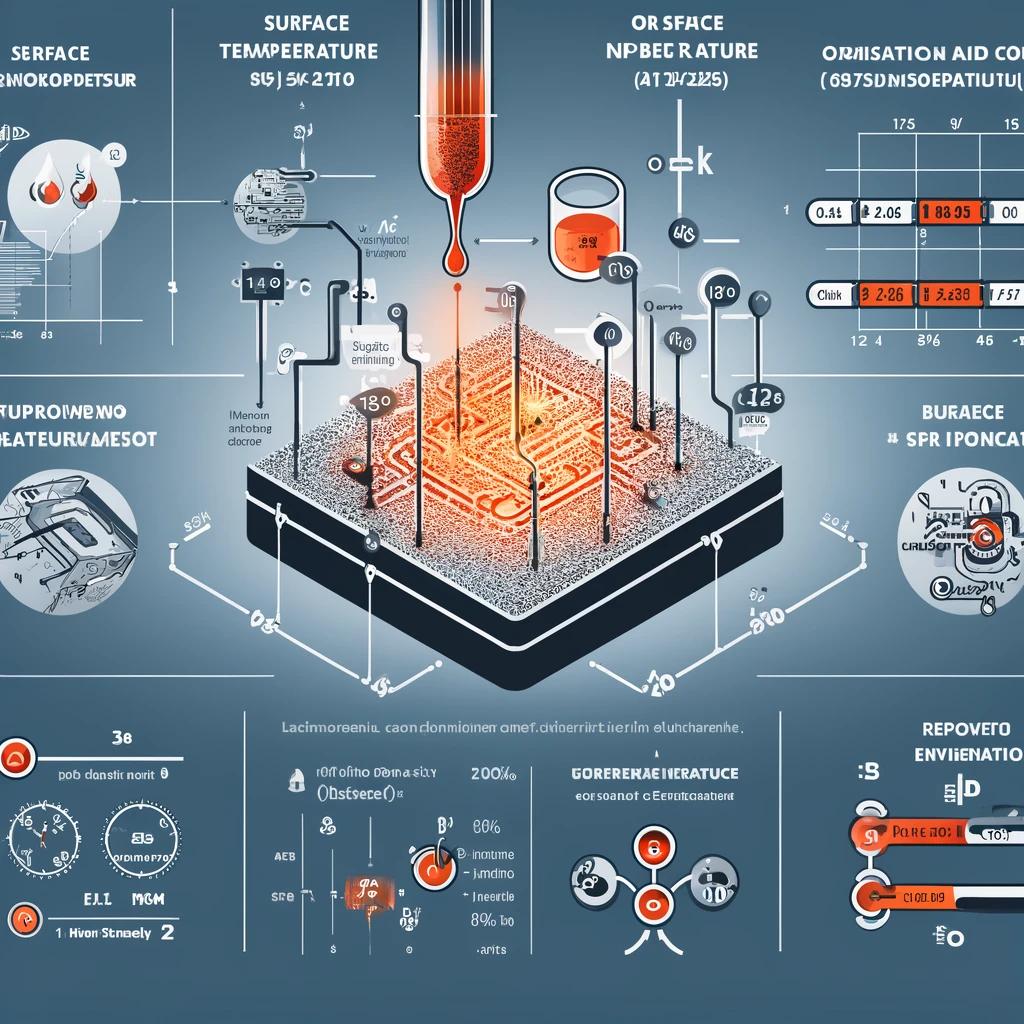
The surface temperature can be estimated using the heat conduction equation:
\[ t = t_{\text{ambient}} + \frac{q}{h} \]
where t_{\text{ambient}} is the ambient temperature and h is the heat transfer coefficient. The heat transfer coefficient h is significantly affected by the material and surface conditions, so special attention is needed when designing and selecting materials.
Additionally, using high thermal conductivity materials and improving heat dissipation designs can effectively reduce the tube surface temperature, thereby extending the lifespan of the heating element. For example, adding fins or using better insulation materials can significantly improve heat dissipation.
3. Maximum Temperature of the Powder Inside the Tube
The heating element typically contains a thermally conductive powder, such as magnesium oxide powder, to enhance thermal conductivity. The maximum temperature of the powder inside the tube is a key factor determining the lifespan of the heating element. Excessive temperatures can degrade the performance of the powder, and even cause sintering of the material, affecting the insulation and thermal conductivity of the heating element.
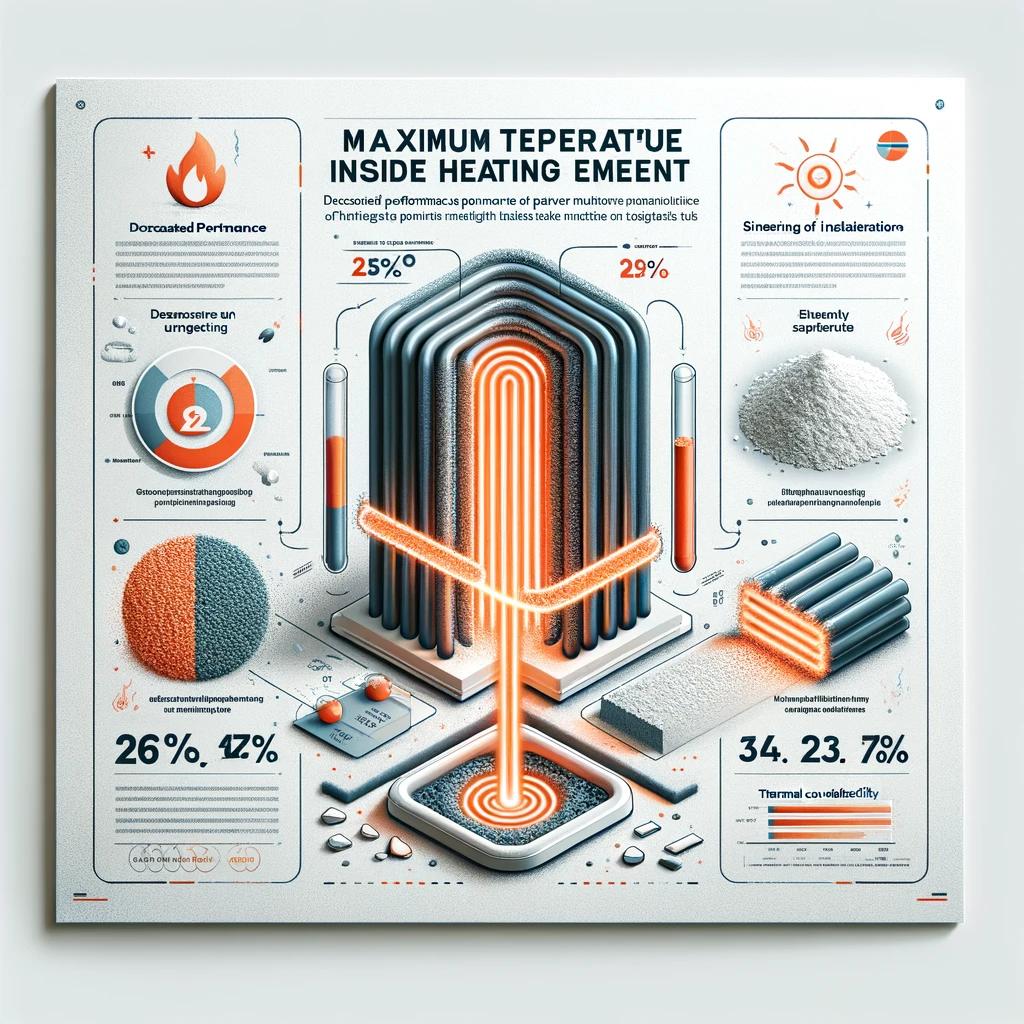
The maximum temperature of the powder inside the tube can be estimated using the following formula:
\[ t_{\text{max}} = t_{\text{surface}} + \frac{q \cdot d}{2k} \]
where t_{\text{surface}} is the surface temperature of the tube, d is the diameter of the tube, and k is the thermal conductivity of the powder. By selecting powder materials with high thermal conductivity and optimizing the structural design, the maximum temperature of the powder inside the tube can be effectively reduced.
In conclusion, estimating the lifespan of heating elements involves a comprehensive consideration of multiple parameters. Power density q, tube surface temperature t, and the maximum temperature of the powder inside the tube are three of the most important factors. By reasonably controlling these parameters, selecting appropriate materials, and optimizing structural design, the lifespan of heating elements can be effectively extended, and their operational reliability can be improved.
In practical applications, designers should choose the best combination of parameters based on specific usage environments and requirements to achieve a balance between performance and lifespan. Regular maintenance and inspection are also crucial for extending the lifespan of heating elements. Through scientific lifespan estimation and effective management measures, the performance of heating elements can be maximized to meet various application needs.

